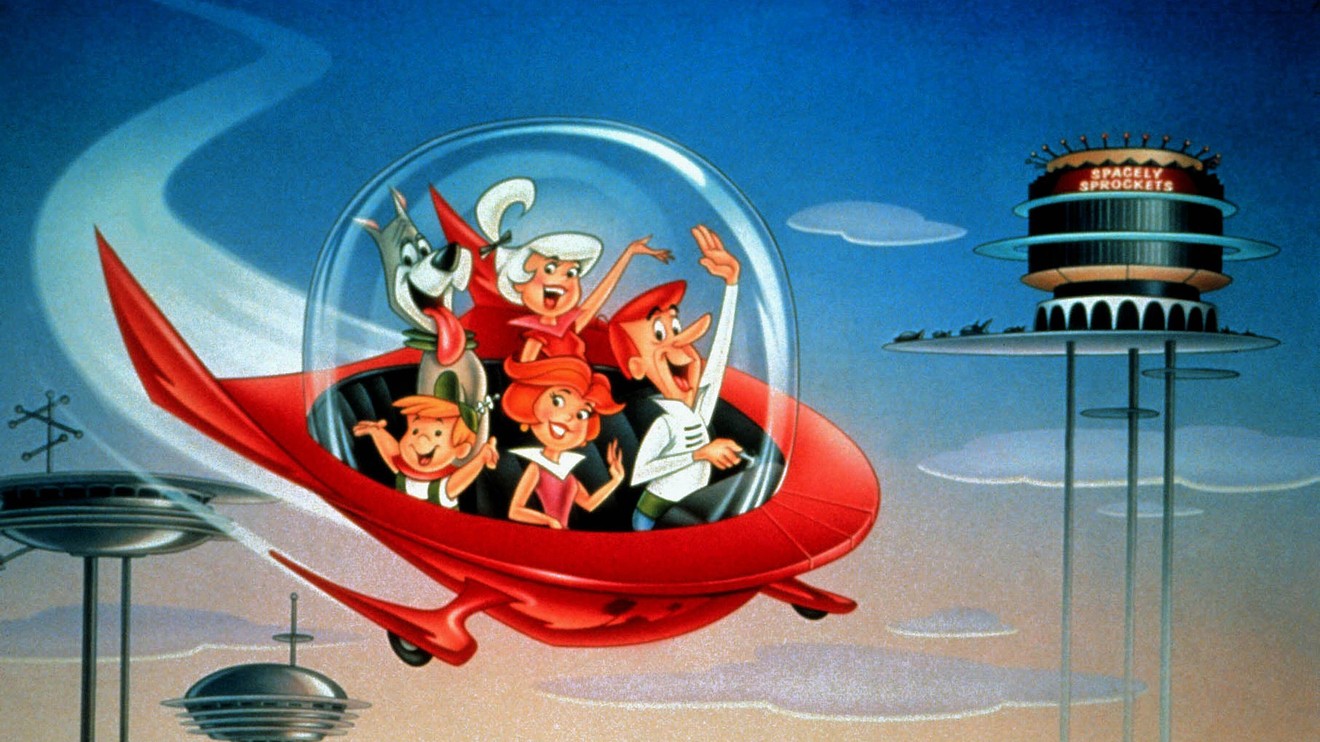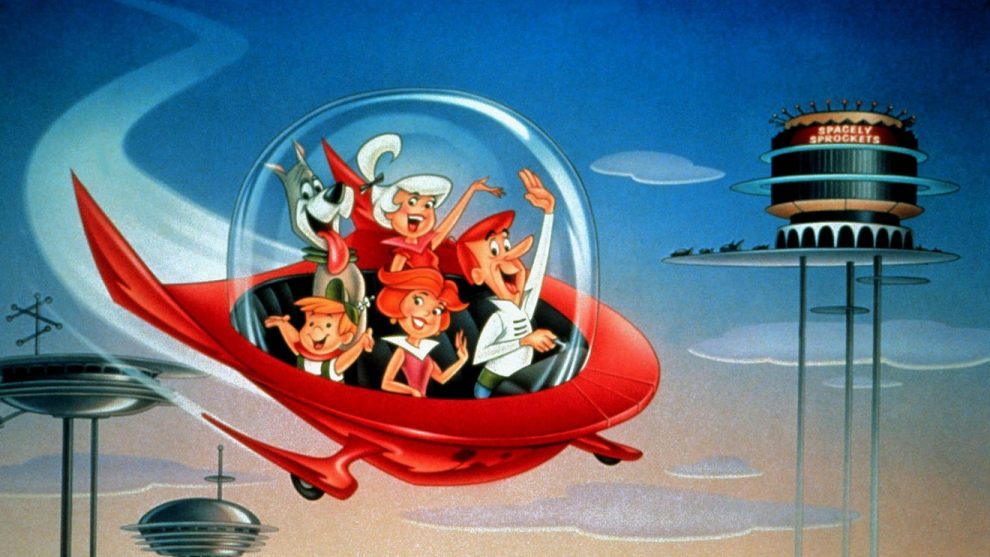
It’s the ultimate landing pad.
Flying cars are still years away, but residents may eventually be able to fly them home to the $600 million Paramount Miami World Center, a 540-unit condominium building.
The entrance is in the roof.
The 60-story residential tower in downtown Miami has a private skyport designed in anticipation for flying cars, or vertical takeoff and landing (VTOL) vehicles. It’s either a convenient futuristic planning, or a genius marketing move.
The 60-story residential tower in downtown Miami has a private skyport designed in anticipation for flying cars, otherwise known as VTOLs, or vertical takeoff and landing vehicles.
They are expected to be similar to helicopters, except they will be the size of, well, cars: They will have propellers, but will (hopefully) be much quieter, so penthouse owners likely won’t have any noise complaints.
Condo prices begin at $750,000 for a one bedroom and up to more than $10 million for a penthouse, and 85% of the 524 units have been sold, developer Dan Kodsi told MarketWatch.
Once they land, flying cars have the potential to eventually reduce gridlock. Traffic congestion on the road cost U.S. drivers nearly $305 billion in 2017, an average of $1,445 per driver, according to a report by Inrix, a company that analyzes traffic data.
“You never even have to go through the lobby,” Kodsi says of conceiving the idea for a 5,000-square-foot landing pad he says was inspired by the 1960s cartoon “The Jetsons” in anticipation of the futuristic flying cars.
It’s either a piece of futuristic planning, or a genius marketing move. Condo prices range from $750,000 for a one bedroom to over $10 million for a penthouse.
Here’s how it will work: People will ascend up a glass-enclosed elevator to the roof where they will take-off and land at its skyport soaring above downtown Miami. Like an airport runway, the VTOLs will take off one at a time.
Flying cars, a market that’s reportedly valued to hit $2.9 trillion by 2040, are being developed by big name companies like Airbus EADSY, +0.33% Boeing BA, -1.29% and Germany’s Volocopter.
Uber UBER, +0.00% which is planning an IPO this week, spent a whopping $457 million last year researching and developing flying and self-driving cars, and said it would start testing next year with plans to start commercial flights in the next four years.
The hope is that the vehicles, which are expected to travel 230 miles per hour, will be more environmentally friendly than helicopters. Research published in the journal “Nature,” said electric flying cars could end up reducing emissions and traffic congestion.
The Dutch-based company Pal-V claims to have produced the first commercially available car. They hold up to two passengers and cost between $399,000 and $599,000.
The Dutch-based company Pal-V claims to have produced the first commercially available car. They hold up to two passengers and cost between $399,000 (for the sport edition) and $599,000 (for the Pioneer version).
Operators need valid drivers and flying licenses to legally cruise. Pal-V says it offers 10 hours worth of training for flying courses with the purchase of a vehicle (Flight classes typically cost between $150 to $200 an hour in the U.S.)
“It’s not a matter of buying the car, we’ll actually teach you how to fly it,” Mark Jennings-Bates, vice president of U.S. sales at Pal-V, told MarketWatch. A full tank of gas will get you 100 miles of driving and 100 miles flying Jennings-Bates said.
Miami could be a good market for the flying cars. The city has been ranked as having one of the most congested highway systems in the country, according to data from Inrix. The Pal-V does not appear to take off vertically, according to this computer simulation.
Get a daily roundup of the top reads in personal finance delivered to your inbox. Subscribe to MarketWatch’s free Personal Finance Daily newsletter. Sign up here.





